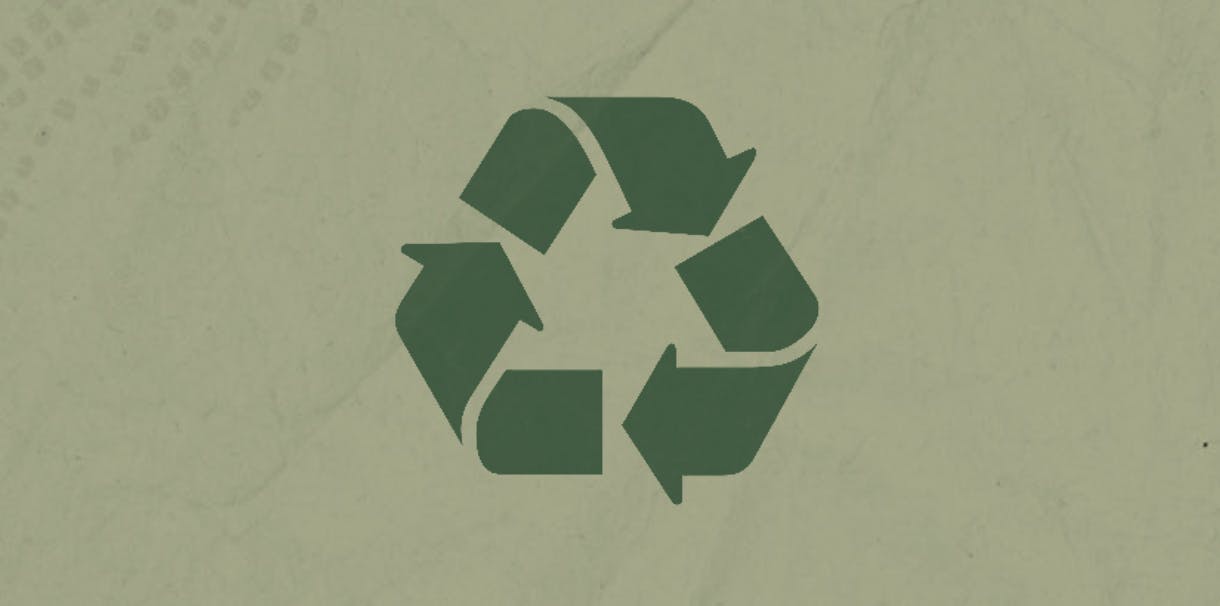On this Earth Day,
I’d like to share a bit about its history. The first Earth Day took place in the United States in 1970 to raise awareness of environmental issues. Recognizing that our planet was suffering immensely from resource exploitation, factory air pollution, pesticides, freeway construction, and disappearing animal habitats (and the animals within these), it became clear that humans needed to urgently step up and speak up for the Earth through nonviolent protest.
The movement started when Wisconsin Senator Gaylord Nelson came up with the idea of a teach-in at college campuses across the country. In the first year, 20 million Americans attended protests countrywide. At a design contest, the recycling symbol known around the world today ended up as the winning submission. In the 1990s, over 200 million people in 141 countries mobilized, and in the early 2000s, many environmental organizations joined, and the event mobilized people in 184 countries. In 2010, 40 years after it was first held, almost one billion people participated in Earth Day activities. Today, Earth Day is the largest secular global day of protest.

Earth Day protests have directly led to new environmental legislation in the U.S. and internationally and led the way to other important global developments such as the 1992 UN “Earth Summit” in Rio de Janeiro. This historic event led to the creation of the UN Declaration on Environment and Development (Agenda 21), and the Convention on Biological Diversity and the UN Framework Convention on Climate Change (UNFCCC) with its many COP conferences up until the present. The Paris Agreement, one of the most significant climate change agreements in history, was notably signed on Earth Day in 2016.
To me, this is an excellent example of conflict transformation through the grassroots power of local people coming together to initiate change that goes much beyond the regional level. Raising our voices collectively about a shared concern will not only help make us heard more loudly, but it also shows that we are not alone. Across our beautiful planet, people are concerned about the direction we are headed, and not acting is not an option. Earth Day reminds us that even small actions matter if many of us participate. What started out as a protest in parks and on streets has now diversified into many forms of action.
For example, we can take some time to educate ourselves about the impacts of climate change – listening to the people on the ground and to what science has to say. Many of us have heard about the extreme effects of climate change in the circumpolar north. The Inuit Regional Conservation Strategy is a good document to study. Published in 1986, this was the “world’s first regional conservation strategy and the first conservation strategy by an Indigenous people” (Inuit Circumpolar Conference, “Towards an Inuit Regional Conservation Strategy”), calling for sustainable development and more holistic approaches. The 2015 book “The Right to be Cold” by Inuk activist and author Sheila Watt Cloutier is another excellent read for those interested in learning about climate change impacts in the Arctic and Inuit activism to oppose such developments. Terms such as ecocide and environmental violence have recently been coined in an attempt to name and describe the dire environmental impacts of climate change around the world, and to educate us humans about the urgency to connect the dots and act to bring about environmental justice.

We can organize or participate in protests against harmful industrial practices, help with garbage cleanup in our neighborhood, share our concerns with our local politicians or consider going into politics ourselves, volunteer for local organizations that help protect our environment, grow local produce in a community garden (or start a community garden), make an effort to recycle products properly, choose to walk, bike, or take the bus instead of driving somewhere in our car, buy food locally and in bulk, reuse Ziploc bags, learn how to mend our clothes, etc. A simple online search will reveal an abundance of additional ideas.
However, despite all the credit that is given to the organizers of the first Earth Day, we should keep in mind that Indigenous cultures around the globe have time and again reminded the world that these very approaches of respect for and care of the environment and working together are crucial for our planet’s future. Before the advent of colonialism and industrialism, Indigenous cultures around the globe practiced Earth Day activities on a daily basis to maintain a healthy and sustainable environment. Perhaps we can be reminded of this as we engage in Earth Day activities this year. The Earth is here for us every day – every day should be Earth Day.




